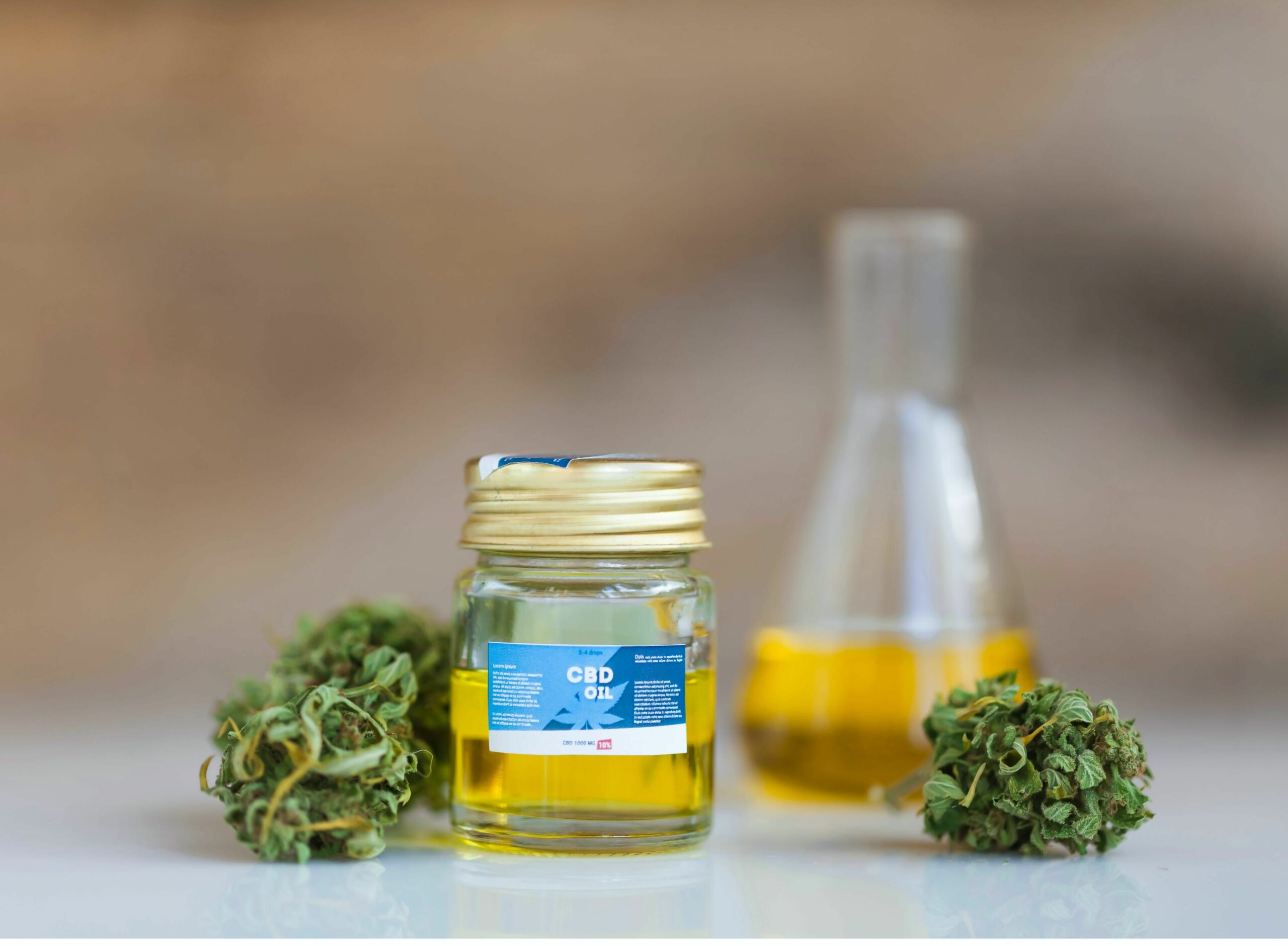Even though we know that cannabidiol (CBD) can be helpful for conditions like anxiety and chronic pain, it’s still unclear how much CBD is needed to see some kind of measurable benefit for folks with these conditions. There are simply too many variables—how you’re ingesting CBD and what your endocannabinoid system is like are just a couple of factors that impact the results of your personal experience with CBD.
But another factor that we don’t often think about is CBD’s bioavailability—or rather, how much CBD your body is able to access once you’ve consumed it. Every consumption method has a different bioavailability.
For example, vaping CBD tends to be the most efficient, because the vapor goes directly to your lungs and then into your bloodstream. It’s estimated that the bioavailability of inhaled CBD is somewhere around 56%.
But inhalation has its drawbacks—effects tend to come on more quickly, but they also fade more quickly as well. And for some folks, inhalation carries some health concerns.
For those concerned about lung health, orally ingesting CBD—whether via capsule or edible—is often a preferred method of consumption. But this method has the lowest bioavailability at about 4–12%.
This is because when you eat CBD, it has to make its way through your digestive system, and a lot of it gets broken down in the digestive process. So, even if you ingest CBD, only a small fraction of it will be used by your body. This means you’ll have to take much more CBD than you actually need to get the effects you want.
Of course, with CBD’s ever-growing popularity, this may start to change. Companies are aware of the drawbacks of oral ingestion, and they’re working on ways to make oral CBD more bioavailable. And a lot of the methods being studied are ones that already exist in the pharmaceutical industry.
1. Encasing CBD in Liposomes May Increase Its Bioavailability
Liposomes are already used in medicine to protect drugs as they pass through your digestive system. These tiny, spherical bubbles are made from fats called phospholipids.
Phospholipids are made up of two parts: a head that’s attracted to water and a tail that repels water. When many phospholipids come into contact with water, the heads and tails turn away from each other, forming what’s called a bilayer. This bilayer is what makes up the outside of a liposome bubble—and it’s what protects the precious medicine within.
Liposomes have the ability to fully encapsulate and transport various medicines to specific tissues without being broken down by the digestive process. This quality allows substances transported by liposomes to have a higher bioavailability.
Although there isn’t any research specifically on CBD and liposomes, there’s plenty that speaks to the efficiency of using liposomes to transport hydrophobic molecules—molecules, like CBD, that tend to repel water.
Because liposomes can enclose and protect medicines as they pass through your digestive system, if you were to take CBD that’s encapsulated by liposomes, you’d theoretically need less CBD per dose to get similar effects than if you were to take CBD on its own.
If you think liposomes would be a good addition to your CBD regimen, don’t get ahead of yourself. Encasing CBD in liposomes isn’t something you can do at home.
Luckily, some CBD companies are now starting to use liposomes. Elixinol currently makes a Hemp Oil Liposome spray that you can purchase on HelloMD.
RELATED: LIPOSOMES: A WAY TO MAKE CBD MORE EFFECTIVE
2. Nanoemulsion Technology Could Improve CBD Delivery
Nanoemulsion is similarly related but different from the use of liposomes. Both technologies involve methods that try to make hydrophobic medicines compatible with water at the nano level.
Nanoemulsion was developed from nanotechnology, a branch of technology that works with matter that’s the size of a nanometer. To give you an idea of the scale of this technology, one nanometer is one billionth of a meter.
Companies are already experimenting with nanoemulsion to reduce the time it takes for cannabis edibles to take effect. But this type of technology also has other benefits—like making cannabinoids such as CBD more bioavailable.
To create a nanoemulsion, you combine:
- Water
- Oil
- The medicine in question
- A compound to stabilize the mixture
Because nanoemulsions are so small, they can easily penetrate tissues in the body. What this means is that medication can be delivered quickly and at a full dose, because its bypassing the digestive system and other bodily processes.
Researchers are taking nanoemulsions one step further with something called self-emulsifying drug delivery technology (SEDDS). Instead of specially mixing and handling a medicine to create an emulsion, this process happens inside the gastrointestinal tract.
In SEDDs technology, an oil and water emulsion is formed with the medicine at the center when all of the necessary ingredients enter a certain part of the gastrointestinal tract.
Researchers recently tested this technology with a CBD and THC mixture in 14 healthy human volunteers and found it to be more effective than that of a Sativex, a sublingual cannabis spray currently available in the U.K.
Since this technology is so new, it’s still being tested—not only for cannabinoids, but for other medicines as well. Because it’s so promising, we’ll likely hear more about it in the future.
3. Adding Fluoride to a CBD Molecule Can Increase Its Efficacy
Another method of upping CBD’s bioavailability is through a process called fluorination. Fluorine is the most reactive of all of the elements in the periodic table. It can form a bond with carbon that’s hard to break down—even for the enzymes in your gut. This property makes fluorine useful in the medical world.
During fluorination, a fluoride ion is attached to a carbon atom in a drug’s molecular structure. Adding fluoride to pharmaceuticals is a common practice—about 20% of all commercialized drugs contain fluoride.
There are lots of reasons why pharmaceutical companies add fluoride to their products. This process can:
- Slow the metabolism of a drug—meaning it takes more time for the drug to be broken down in the body, therefore giving it more time to work
- Enhance a molecule’s ability to bind to certain receptors
- Make the drug easier to dissolve in fats, thereby increasing its bioavailability
One company, Phytecs, is already working on fluorinating CBD and testing the resulting compounds for efficacy. So far, it’s made three different versions of fluorinated CBD (F-CBDs) and tested them in animal models.
Researchers have found that the F-CBDs were more effective in treating animal models of depression, anxiety, pain and skin diseases than CBD was alone.
While F-CBDs are a long way from becoming available, they offer a lot of promise and are easily patentable. So, we’re sure to hear more about this research in the future.
When we look at all that’s currently being done to improve the delivery of CBD and other cannabinoids, it’s clear that cannabinoid medicine is still in its infancy. For now, we’ll continue to take CBD in tinctures, topicals and vape form. But the future holds exciting innovations that will no doubt improve how we consume CBD.
Photo credit: ElRoi/Shutterstock.com
Want to try CBD, but don’t know where to start? Shop our selection of high-quality, lab-tested CBD products and have them shipped to your door. And if you have questions about CBD, ask them and our community will answer.






